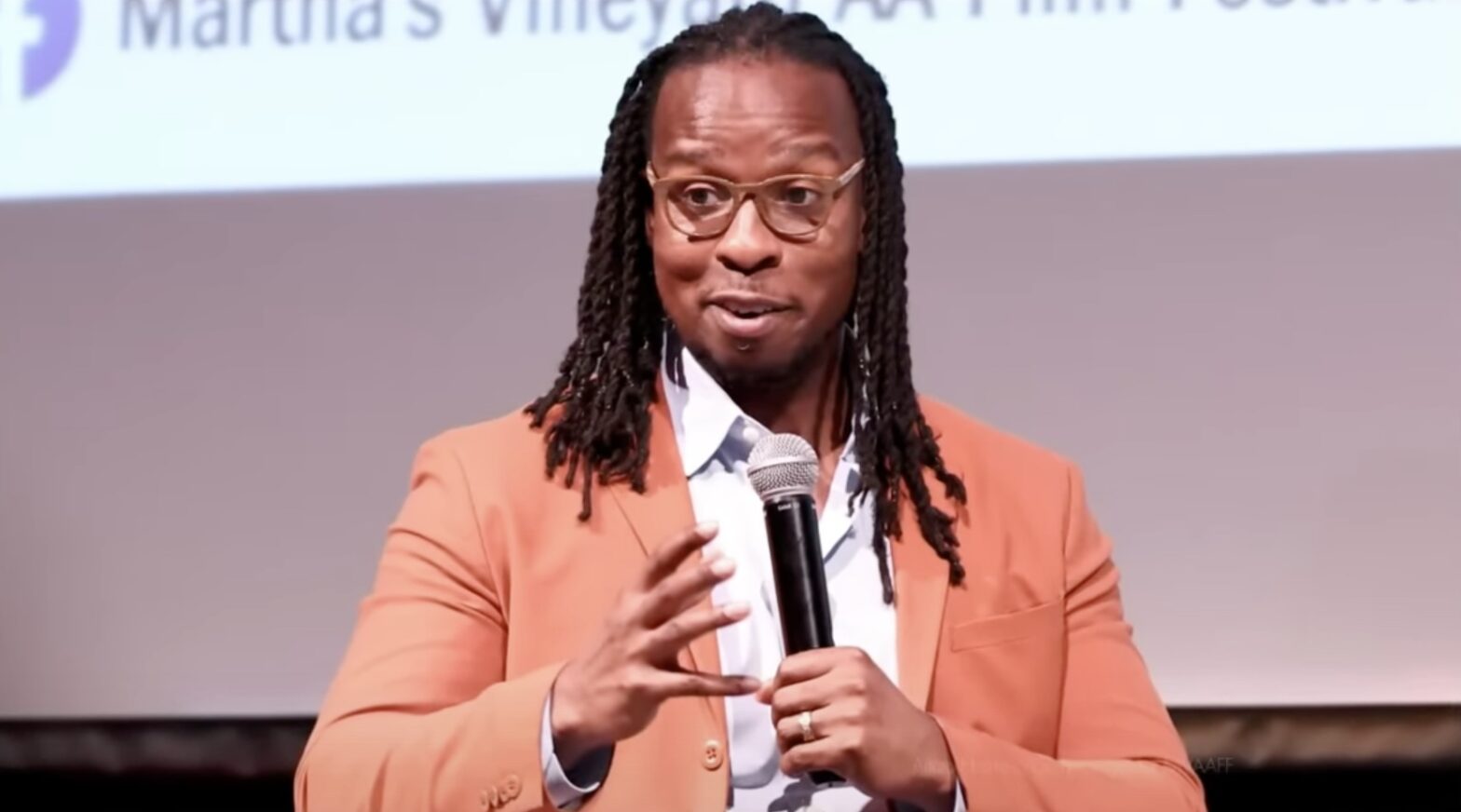Building a better future for young Black men and women just can’t be done in a research institute, no matter how well-funded. It is going to happen in classrooms, in living rooms, in churches, and on sidewalks.
The below op-ed, republished with permission, originally appeared in The Messenger on October 1, 2023.
***
Ibram X. Kendi’s Center for Antiracist Research at Boston University appears headed for failure, three years after its much-heralded start. The institute received more than $43 million in grants and gifts and yet, despite such enormous resources, it seems to have produced no original research. Kendi’s alleged mishandling of the institute’s management and operations obscures the fundamental flaw of his approach to issues of race and poverty in America.
The question that not nearly enough people are asking is this: Even if Kendi’s institute had done everything it was supposed to do with its millions, what would that have accomplished?
Like so many other activists, Kendi claims to care about the very real struggles of low-income Black Americans: crime, violence, poverty, failing schools, and so on. But his “solutions” focus entirely on reforming the inner attitudes of whites. He has become the high priest of a new faith that promises to confer sainthood on progressive whites who adhere to his absurd propositions and self-flagellation rituals.
Beyond the farcical proposition that sufficiently enlightened whites in gated communities will have any measurable positive effect on urban homicide or graduation rates, Kendi’s Eurocentric approach to solving our problems ignores the robust heritage of self-liberation in our own communities.
For generations, self-determination and devotion to Christian values fueled our struggle. We built our own institutions to worship in, create wealth, meet one another’s needs, and educate our children. Some of these empowering institutions still operate today.If just $1 million of Kendi’s $43 million had been invested differently, it could have funded, for example, a unit to house 50 Black students at The Piney Woods School, a primarily Black Christian boarding school that has successfully educated children from the most challenging backgrounds for over 100 years. Through their education there, those additional students could have each forged a new path to promise, hope and economic opportunity, while being inculcated with the same values that enabled our ancestors to overcome slavery and segregation.
Which do you think is a better use of philanthropic funding? Which do you think will build a prosperous future for Black Americans?
Whether it’s “science-based” antiracist rhetoric on the left or pathology-obsessed analysis on the right, the academic world has produced little that actually benefits those who are suffering.
How could white self-flagellation or scholarly laments possibly have the impact upon a Black child’s life that a rigorous education—one both academic and moral—could have? How can debates over blame for the status quo compare to giving children the chance to grow up in a community of peers and mentors who share the same values and habits that made America the world’s most prosperous country?
Piney Woods and schools like it do more with the money they receive because they’re doing real work to solve a real set of problems. They know the problem they face, and they know what they intend to do about it. Most “activists” either don’t know how to solve the “race problem” in America, or they don’t intend to do so.
Solving problems such as violence in Black communities, widespread academic failure among our youth and lagging economic outcomes isn’t a task for an academic. It’s not an intellectual issue. It’s a matter of cultivating virtue in real, specific people. It’s a matter of identifying community leaders, and giving them the resources and platforms they need to implement change as only they can.
This is practical work, not research. It’s the work of teachers, fathers, brothers, mothers, sisters, siblings, policemen, businessmen, preachers, and shopkeepers. It is the work of real people taking responsibility for the fate of those who live and work near them.
That’s why the Woodson Center, which I head, gives out grants (including to the Piney School) on our community-based model: We know what works. Our role is to make heroes possible, not be the heroes ourselves.
In some ways, Kendi’s institute was doomed from the beginning. He and those who bought into his antiracism work assumed that figuring things out in some rarified, unspecified way would be a national ticket to developing prudent policy and ensuring racial justice. He perhaps thought he was the hero, and many others did too.
But reform cannot be imposed from the top down, nor can reformers be recruited from the outside. This is among the key insights of my life’s work fighting for civil rights. Nobody can solve a problem quite like the people who have to deal with it everyday. Nobody can build trust quite like someone who’s suffered the same things you have, who knows what it’s like to be you.
Building a better future for young Black men and women just can’t be done in a research institute, no matter how well-funded. It is going to happen in classrooms, in living rooms, in churches, and on sidewalks. And it should start by giving our money, time, and support to men and women who have skin in the game, empowering local leaders who offer specific, local solutions to the problems they face.

